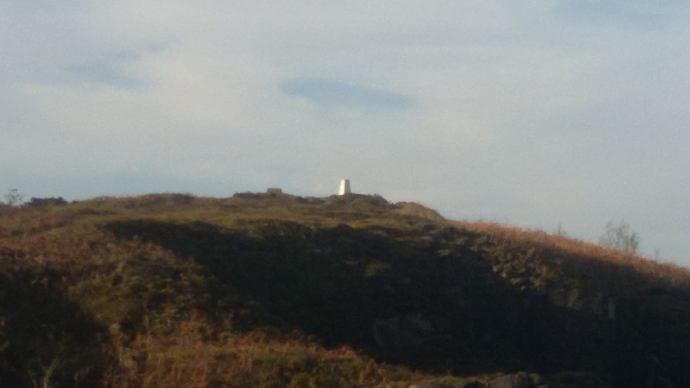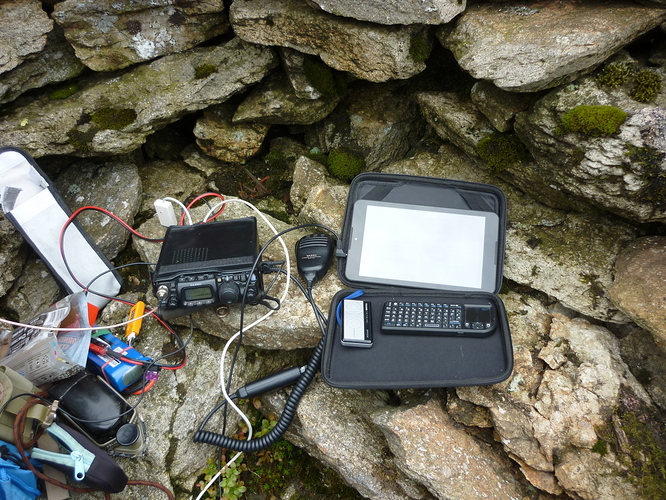The WSJT Development Group is pleased to announce the general availability (GA)
release of WSJT-X Version 2.0.0.
If you have been using version 1.9.1 or earlier, or one of the candidate releases
v2.0.0-rc#, it’s important to upgrade now. The original protocols for FT8 and MSK144
are no longer supported. With v1.9.1 and earlier you cannot communicate with WSJT-X
2.0 using these modes.
We now recommend using WSJT-X 2.0 anywhere in the conventional FT8 and MSK144
sub-bands. Everyone should upgrade to v2.0 by no later than January 1, 2019.
NEW FEATURES IN WSJT-X 2.0
- Compound and nonstandard callsigns are automatically recognized and handled using
new FT8 and MSK144 message formats.
- The new FT8 protocol provides optimized message formats for North American VHF
contests, European VHF contests, ARRL Field Day, and ARRL RTTY Roundup. Similarly,
the new MSK144 protocol provides optimized message formats for North American VHF and
European VHF contests. Full support is provided for “/R” and “/P” calls in the
relevant contests.
- The new protocols provide nearly equal (or better) sensitivity compared to the old
ones, and lower false decode rates.
- New logging features are provided for contesting and for “Fox” (DXpedition) mode.
Logging is optionally integrated with N1MM Logger+ and WriteLog.
- Color highlighting of decoded messages provides worked-before status for
callsigns, grid locators, DXCC entities, continents, CQ Zones, and ITU zones on a
“by band� and “by mode� basis, and for stations that have uploaded their logs
to Logbook of the World (LoTW) within a specified time interval.
- The WSPR decoder now achieves decodes down to S/N = -31 dB. For the particular
benefit of LF/MF users, an option “No own call decodes” has been added.
- The UDP messages sent to companion programs have been expanded and improved.
A more detailed list of program changes can be found in the cumulative Release Notes:
http://physics.princeton.edu/pulsar/k1jt/Release_Notes.txt
Upgrading from earlier versions of WSJT-X should be seamless. There is no need to
uninstall a previous version or move any files.
Please do not continue to use any release candidate – that is, any beta release with
“-rc#” in the version name.
Links to installation packages for Windows, Linux, and Macintosh are available here:
http://physics.princeton.edu/pulsar/k1jt/wsjtx.html
You can also download the packages from our SourceForge site:
It may take a short time for the SourceForge site to be updated.
We hope you will enjoy using WSJT-X Version 2.0.0.
– 73, Joe, K1JT, for the WSJT Development Group



